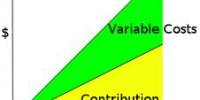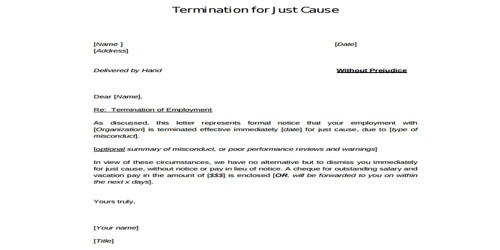Accounting Treatment of Normal Loss in Accounting for Branch
The normal loss is a loss of natural phenomena. It is the expected loss or the loss which is anticipated prior to the production. It is the loss in the number of goods in the normal going business due to some unavoidable actions such as during the shipment of goods, packing or loading of goods. It is an unavoidable loss. Some examples of normal loss are evaporation, shrinkage, leakage, shortage, drying etc. These are natural wastage.
Normal loss increases the cost of production because when the cost is being recovered it results in the higher cost of production. No entry is required for normal loss. It can be expected or anticipated in advance i.e. at the time of estimation. So the total cost of goods sent to the branch becomes the goods received and the normal loss unit is the difference between the total number of goods sent and the physically received units.
Accounting Treatment:
The cost of normal loss is considered as part of the cost of production in which it occurs. If normal loss units have any realizable scrap value, the process account is f credited by that amount. If there is no abnormal gain, then there is no necessity to maintain a separate account for the normal loss.
Journal Entry:
(i) Normal Loss A/c …Dr.
To Process A/c
(ii) Cost Ledger Control A/c …Dr.
(Scrap value) To Normal Loss.
















